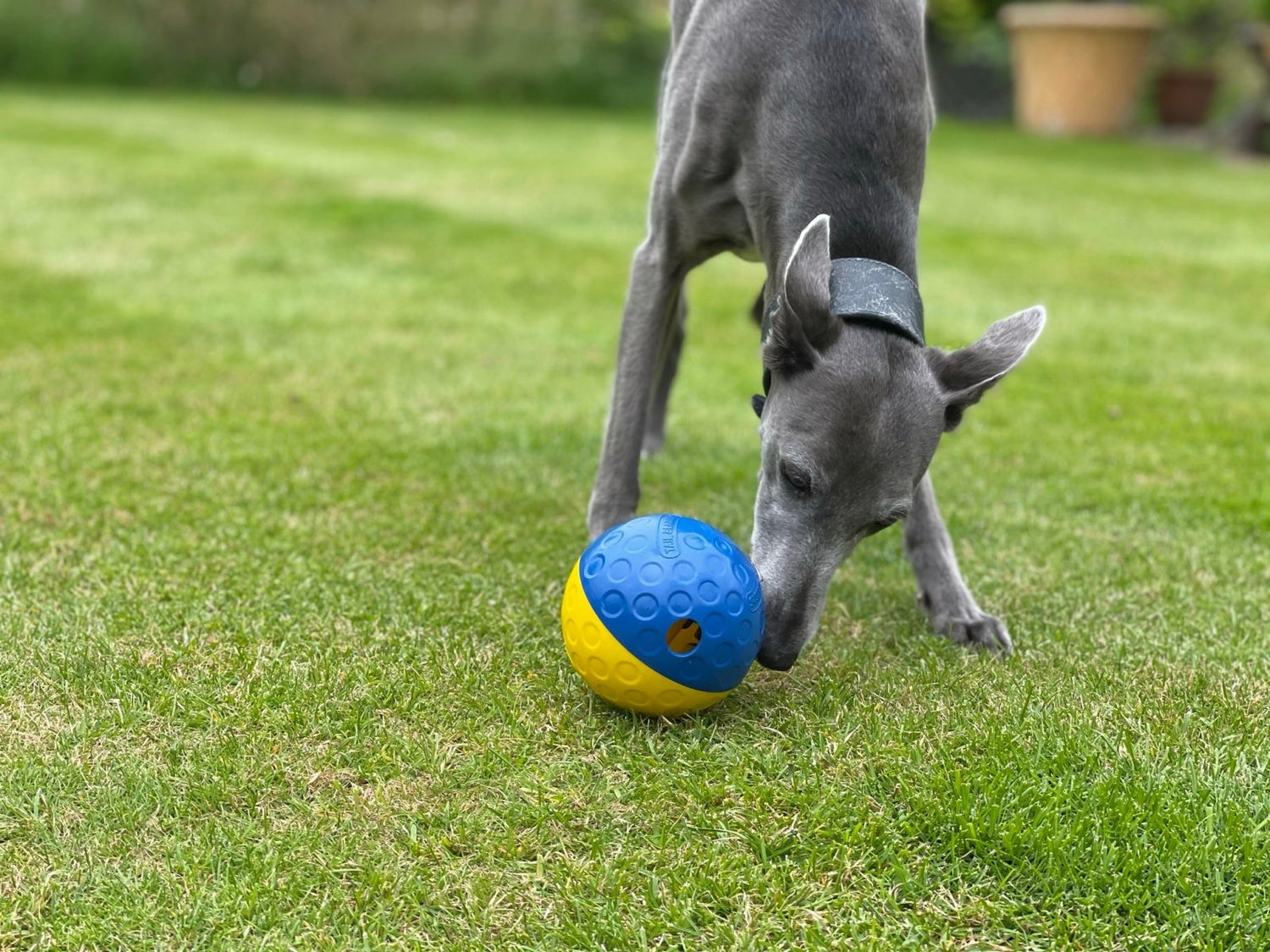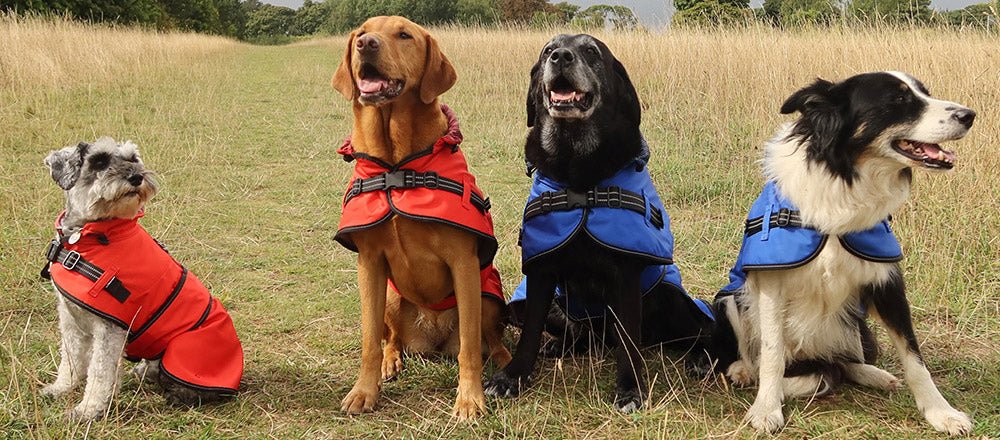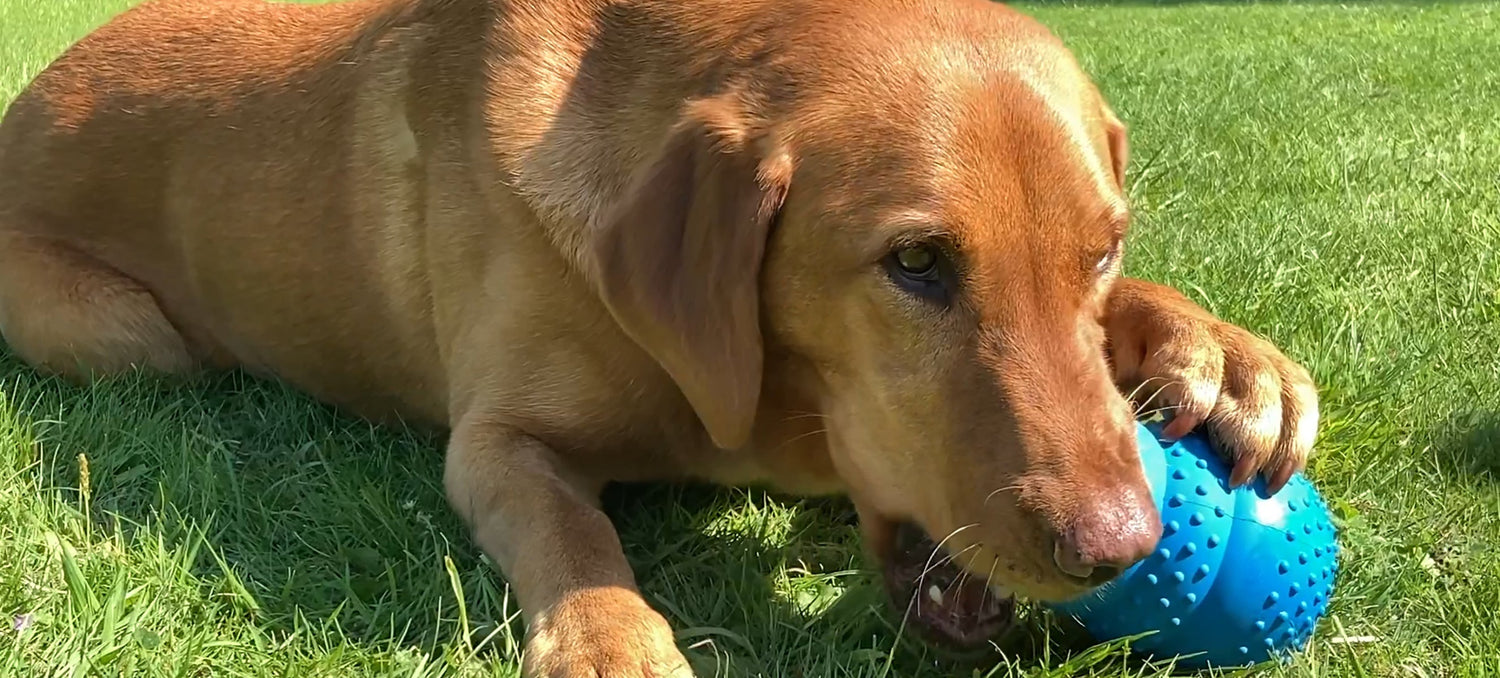Every dog owner wishes for their furry friend to live a long, happy, and healthy life. While genetics play a role, there are many ways you can actively improve your dog’s lifespan and quality of life. In 2025, pet care innovations and a deeper understanding of canine health have made it easier than ever to enhance your dog’s well-being. From slow feeding to mental stimulation, here’s how you can help your pup thrive for years to come.
1. Proper Nutrition for a Long Life
A well-balanced diet is the foundation of canine longevity. High-quality, natural ingredients, essential nutrients, and portion control all contribute to a dog’s overall health.
Slow Feeding for Better Digestion

Fast eating can lead to obesity, bloating, and digestive issues. Slow feed bowls and mats encourage dogs to eat at a healthier pace, aiding digestion and preventing choking. Additionally, slow feeding can reduce the risk of Gastric Dilatation-Volvulus (GDV), a life-threatening condition, particularly in larger breeds.
Choosing the Right Diet
Opt for high-protein, low-processed foods.
Include omega-3 fatty acids for joint and brain health.
Avoid artificial additives and excessive fillers.
Consider portion control to prevent obesity.
2. Regular Physical Exercise & Stimulation
Staying active is vital for maintaining a healthy weight and strong muscles. Exercise also supports cardiovascular health and keeps joints flexible as dogs age.
Tailored Exercise for Every Stage
Puppies & Young Dogs: High-energy activities like fetch, running, and agility training.
Adult Dogs: Regular walks, swimming, and moderate play sessions.
Senior Dogs: Gentle exercises like slow-paced walks and hydrotherapy.
3. Mental Stimulation for Cognitive Health
Just like humans, dogs can experience cognitive decline as they age. Keeping their minds engaged can delay dementia-like symptoms and improve their overall happiness.
Best Mental Stimulation Activities
Puzzle toys & treat dispensers – Encourage problem-solving skills.
Scent work games – Engages their natural sniffing instincts.
Training new tricks – Learning keeps their brains sharp at any age.
Interactive play – Games like hide-and-seek strengthen memory and response time.
4. Preventative Vet Care & Regular Check-Ups
Routine vet visits are crucial for early disease detection. Regular check-ups, vaccinations, and dental care help maintain overall health and prevent costly medical issues later in life.
Key Preventative Measures:
Annual wellness exams
Dental cleanings (plaque buildup can lead to heart disease)
Parasite prevention (fleas, ticks, and worms)
Early screenings for breed-specific diseases
5. Managing Stress & Emotional Well-Being
Dogs, like humans, can suffer from stress and anxiety, which can negatively affect their health. Ensuring a stable, loving environment can add years to their lives.
Ways to Reduce Stress:
Establish a consistent routine.
Provide a comfortable, quiet space for rest.
Use calming products like anxiety wraps or pheromone diffusers.
Encourage socialisation with other dogs and humans.
6. The Role of Technology in Canine Longevity
Advancements in pet technology are making it easier to monitor and enhance your dog’s health.
Innovative Health & Wellness Gadgets:
Smart collars & GPS trackers – Monitor activity levels and location.
Automated feeders – Ensure consistent portion control.
Interactive cameras – Help reduce separation anxiety.
Wearable health monitors – Track vital signs and alert owners to potential health concerns.
Conclusion
Helping your dog live a long, healthy life requires a combination of proper nutrition, exercise, mental stimulation, and preventative care. By incorporating slow feeding methods, regular check-ups, and engaging activities, you can maximise your pup’s well-being and longevity.
Start implementing these tips today and enjoy many happy, healthy years with your furry companion!
Stay tuned for more expert pet care insights on our blog!
Slow Feeder, Lick Mat Set. SHOP NOW








